N-Butyl vinyl ether, also known as butyl vinyl ether, is an organic compound with the chemical formula C6H12O. Here’s a brief description:
- Chemical Structure: N-Butyl vinyl ether consists of a butyl group (-C4H9) attached to a vinyl group (-CH=CH2) through an oxygen atom (-O-).
- Physical Properties:
- Appearance: N-Butyl vinyl ether is a colorless liquid with a characteristic ether-like odor.
- Boiling Point: The boiling point of butyl vinyl ether is approximately 90-92°C.
- Density: It has a density of about 0.76 g/cm³.
- Solubility: It is sparingly soluble in water but miscible with many organic solvents.
- Synthesis: N-Butyl vinyl ether can be synthesized by the reaction of butyl alcohol (n-butanol) with vinyl acetate or vinyl chloride in the presence of an acid catalyst, such as sulfuric acid or hydrochloric acid.
- Applications:
- Chemical Intermediate: N-Butyl vinyl ether is primarily used as a chemical intermediate in organic synthesis. It can undergo various reactions, including polymerization, etherification, and addition reactions, to produce a wide range of compounds.
- Monomer: It can be polymerized to form poly(butyl vinyl ether), which finds applications in coatings, adhesives, and specialty materials.
- Solvent: N-Butyl vinyl ether is used as a solvent in organic synthesis and as a starting material for the synthesis of other organic compounds.
- Reagent: It is used as a reagent in certain chemical reactions, such as the Prins reaction and the synthesis of heterocyclic compounds.
- Health and Safety Considerations:
- N-Butyl vinyl ether is flammable and should be handled with caution.
- Inhalation or skin contact with butyl vinyl ether may cause irritation to the respiratory tract and skin.
- Adequate ventilation and proper personal protective equipment (PPE), such as gloves and goggles, should be used when handling butyl vinyl ether.
- Environmental Impact:
- N-Butyl vinyl ether may have environmental implications if released into the environment. It can contribute to air pollution and may be harmful to aquatic organisms.
- Proper handling, storage, and disposal practices should be followed to minimize environmental contamination.

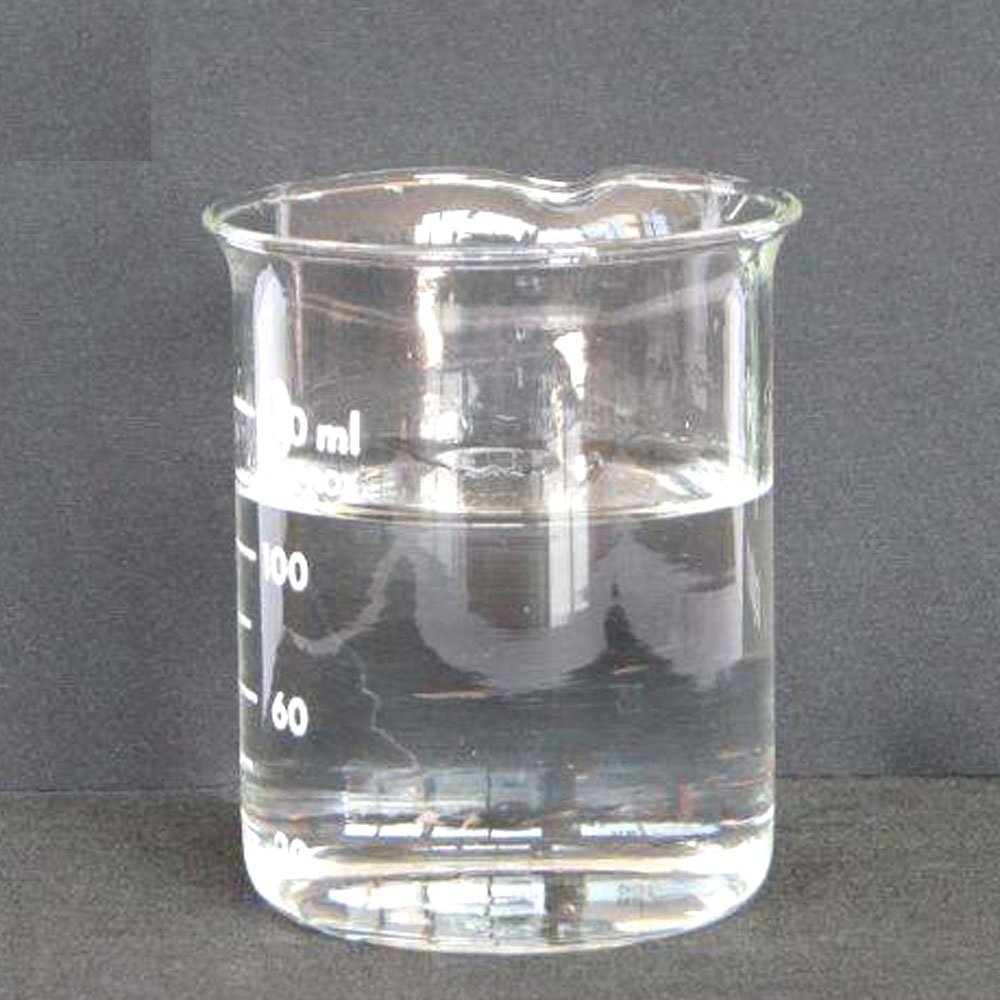
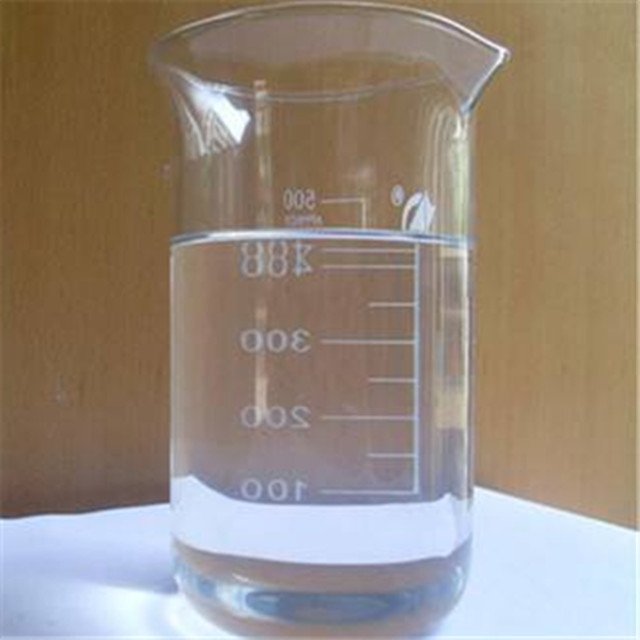
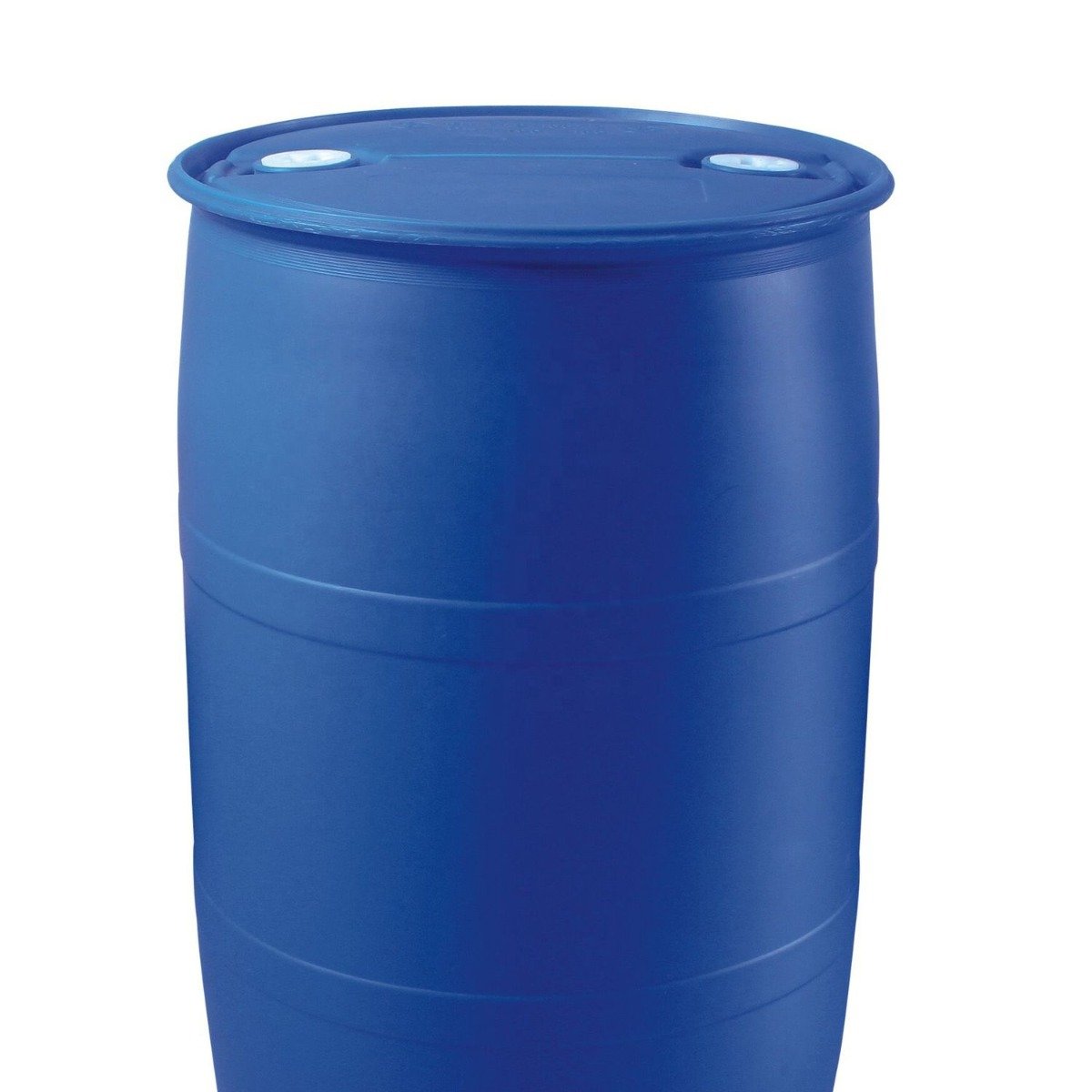
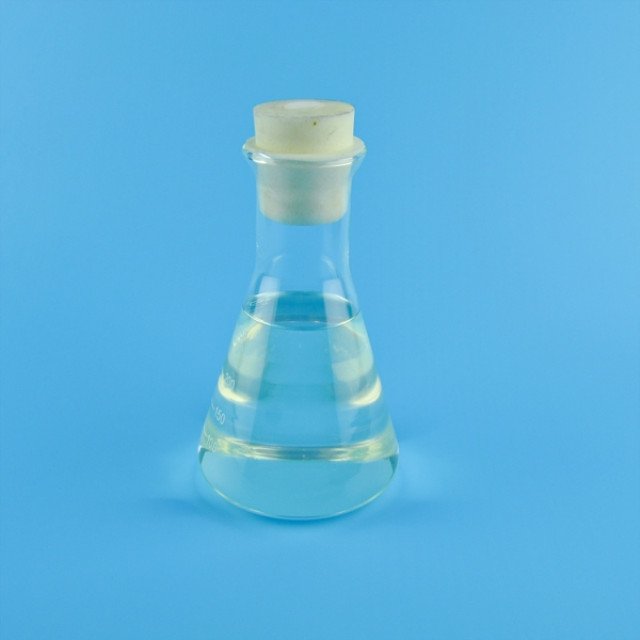
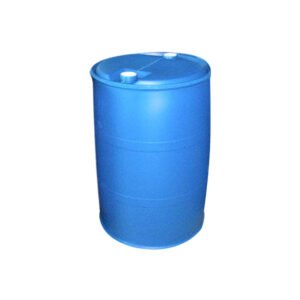
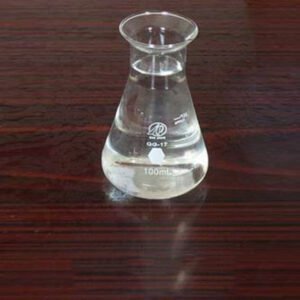

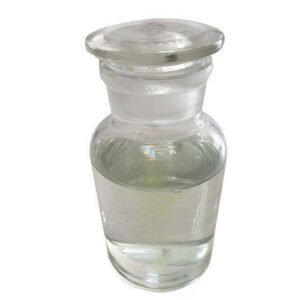
Reviews
There are no reviews yet.